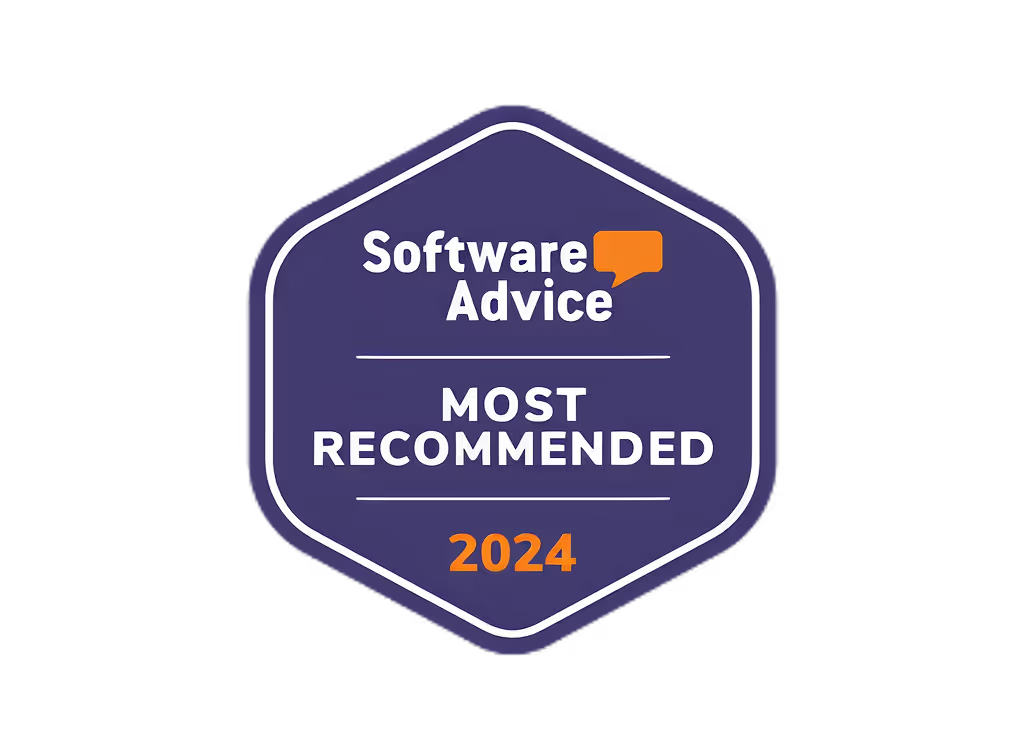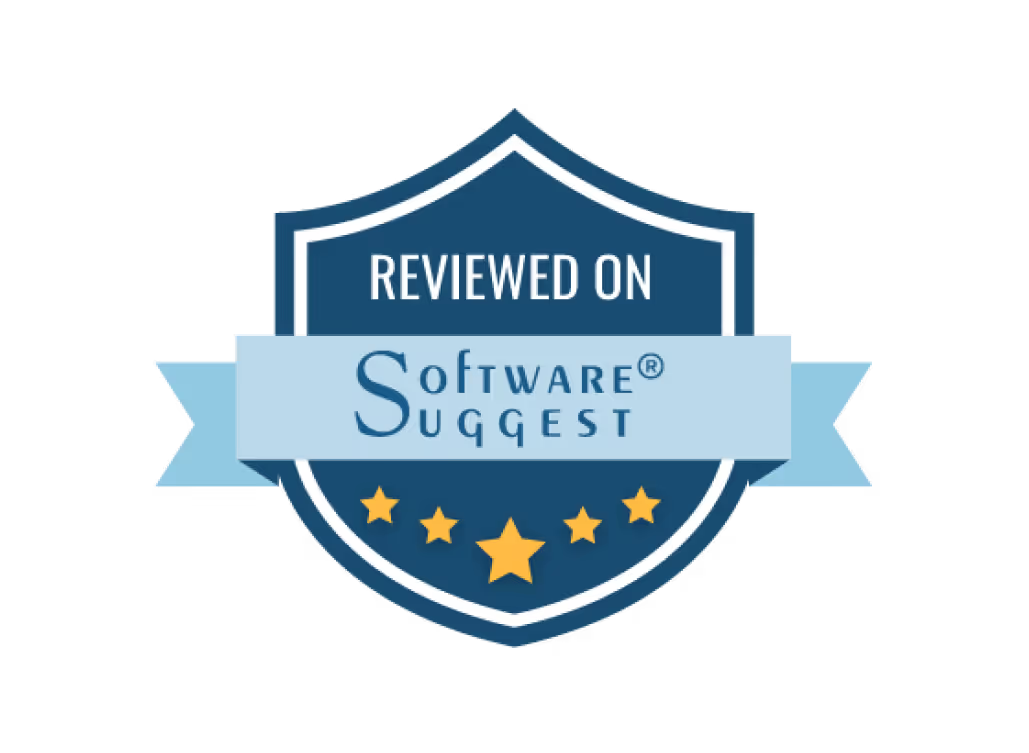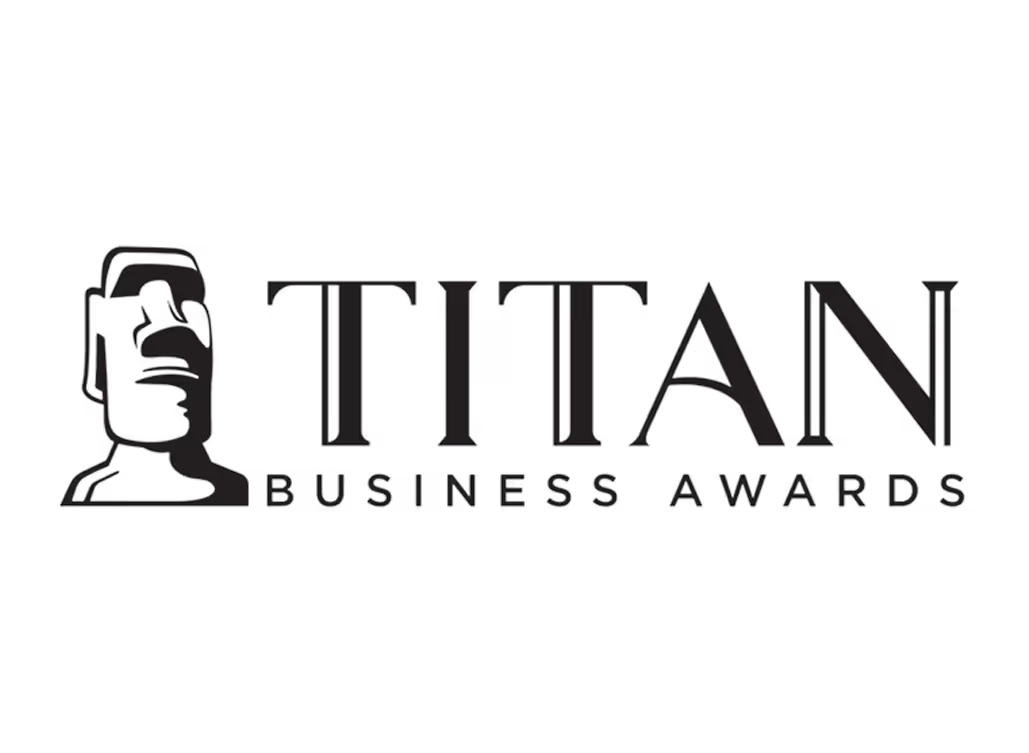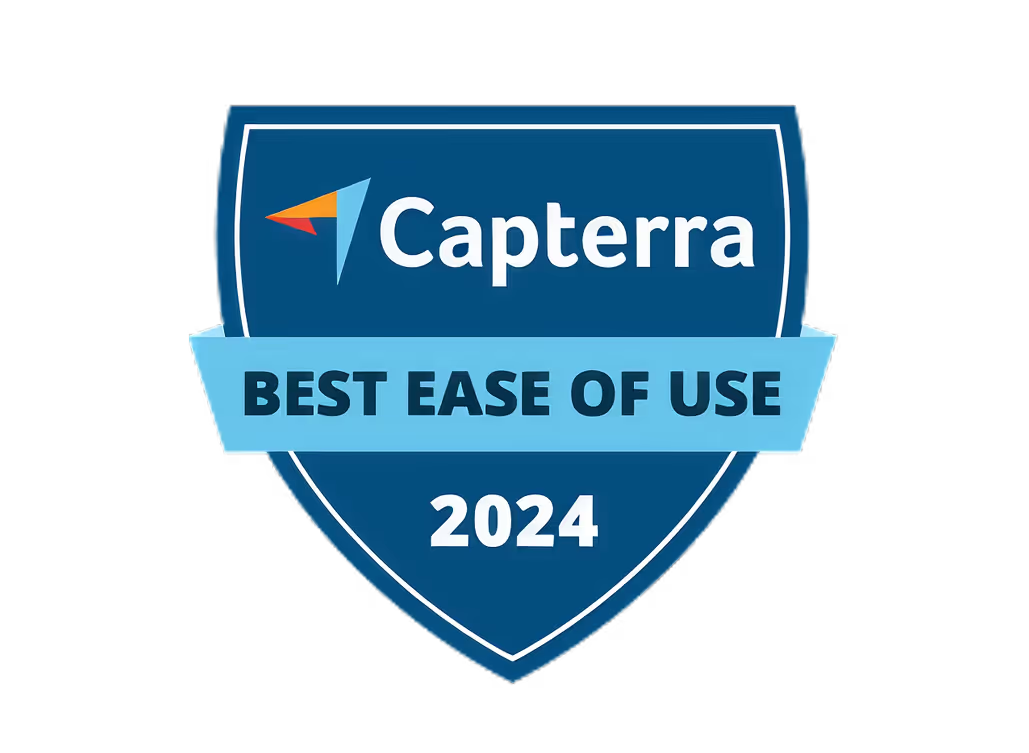The Price of Perfection: How much do Product Photoshoots cost

Introduction
In the realm of modern business, where a single scroll can decide the fate of a product, one undeniable truth emerges: a picture is worth not just a thousand words, but potentially thousands of dollars. Imagine this—a captivating image that draws in customers, fuels desires, and sparks transactions, all within seconds. This is the power of product photography, and as we journey through the world of imagery, Quickads invite you to unlock the enigma that lies within the cost of crafting these visual wonders.
From the glimmer of a diamond to the intricate weave of a fabric, each product has its tale to tell, its essence to capture. The question is, how much are you willing to invest to transform a mere snapshot into a sales-generating masterpiece? In this blog, we will tak about the cost of product photoshoots and how you can effectively manage to reduce them through AI Product Photography.
Unveiling the Factors Behind the Price Tag
Every captivating product photograph you've ever laid eyes on holds a story of intricate planning, artistic finesse, and technical mastery. The cost associated with these visual narratives isn't merely about capturing an image—it's about crafting an experience that resonates with your audience, entices their senses, and propels them to make a purchase. To truly understand the price of perfection, we must dissect the elements that weave into this tapestry of visual allure.
The Complexity of the Product: Beyond the Surface
As we delve into the intricacies of product photography costs, it's vital to recognize the pivotal role that product complexity plays. A simple, uniform item may require a straightforward setup, while a multi-faceted piece demands meticulous planning and execution. For instance, consider a jewelry photoshoot—each facet of a diamond must catch the light just right, every angle meticulously calculated to evoke its brilliance. This complexity not only influences the time investment of the photography team but also the equipment required to capture every minute detail.
A Glimpse into the Numbers: A Case for Virtual Photoshoots
According to recent industry data, traditional in-person product photoshoots can cost businesses anywhere from $300 to $5000 per day, depending on various factors including location, setup, and props. However, the emergence of virtual photoshoots has disrupted this landscape. Quickads.ai's innovative approach harnesses the power of AI and virtual reality to create photorealistic images without the need for physical setups. This not only slashes costs significantly but also accelerates the process, enabling faster time-to-market.
The Transformation of a Textile Giant
Imagine a textile manufacturer aiming to launch a new line of fabrics. In the traditional realm, a photoshoot would involve arranging studio space, hiring models, setting up props, and coordinating schedules—a substantial financial and logistical investment. By embracing virtual photoshoots, this manufacturer reduced costs by 40% and shortened the entire process by weeks. The result? A quicker, cost-effective visual representation of their products that resonated with customers, giving them a competitive edge.
Expert Insights: The Dawn of a New Era
Photography and technology experts are heralding the era of virtual photoshoots as a game-changer. "The convergence of AI and photography is opening doors we never thought possible," notes renowned photographer and tech enthusiast, Sarah Masters. "Virtual photoshoots have the potential to democratize visual content creation, making it accessible to businesses of all sizes."
Product Complexity Matters
Product complexity significantly affects photography costs. Simple items require basic setups, while intricate products need careful planning and execution. For instance, in a jewelry photoshoot, each facet of a diamond must catch the light just right, demanding precise angles. This complexity affects the time and equipment required for detailed captures.
Visual Impact Matters
While exploring photography costs, consider the power of visuals. Compare a standard product image to an expertly crafted one. The former blends in online listings, while the latter stands out as a captivating masterpiece, grabbing attention and sparking interest.
Virtual Photoshoots
A Cost-Saver: Traditional in-person product photoshoots can cost $300 to $5000 per day, influenced by factors like location and setup. Virtual photoshoots disrupt this cost structure. Quickads.ai uses AI and virtual reality to create lifelike images without physical setups. This not only reduces costs but also speeds up the process for quicker market entry. Experts Praise Virtual Photoshoots: Photography and tech experts hail virtual photoshoots as a game-changer. Renowned photographer Sarah Masters notes that the fusion of AI and photography opens new possibilities, democratizing visual content creation for businesses of all sizes.
In-Person vs. Virtual Approaches: Redefining Visual Realities
The Traditional Path: In-Person Photoshoots
In the traditional landscape of product photography, in-person photoshoots have long been the norm. This approach involves securing a physical space, setting up elaborate backgrounds, arranging props, and coordinating models and photographers—a series of logistical steps that come with a notable price tag. Moreover, this process can be time-intensive, leading to delayed product launches and lost revenue opportunities.
The Disruptive Paradigm: Virtual Photoshoots
Enter Quickads.ai—a game-changing solution that harnesses the power of AI and virtual reality. Through this innovative approach, traditional setups become relics of the past. Virtual photoshoots simulate realistic environments, creating photorealistic images without the need for physical arrangements. Not only does this dramatically cut down costs, but it also accelerates the production timeline, allowing brands to showcase their products faster and more efficiently.
Quantifying the Savings: Dollars and Sense
Statistics indicate that businesses can save up to 50% or more in costs by embracing virtual photoshoots. The elimination of physical props, models, studio rentals, and elaborate setups significantly reduces the financial burden. This was the case for a footwear brand that transitioned from traditional to virtual photoshoots, reducing their photoshoot costs by 60% while maintaining the same level of visual quality.
The Role of Equipment and Technology: Crafting Visual Masterpieces
In the journey of crafting mesmerizing product photographs, technology stands as both the artist's brush and the sculptor's chisel. As we venture into the realm of equipment and technology, we'll unravel the intricate tools that enable us to transform products into visual masterpieces, and in turn, how these tools contribute to the cost of creating these captivating images.
The Canvas of Equipment: Beyond the Lens
When it comes to product photography, the right equipment isn't just an option—it's a necessity. High-resolution cameras, versatile lenses, and lighting setups play a symphonic role in capturing every nuance of the subject. The intricacy of these tools directly influences the cost of the final image, as photographers invest in top-tier gear to ensure every pixel is as vivid and detailed as the product itself.
The Innovations in Lighting: Sculpting Dimensions
Lighting isn't just about illumination—it's about crafting dimensions, highlighting textures, and evoking emotions. The complexity of a lighting setup can vary, from soft and diffused to dramatic and directional. Each lighting scenario requires expertise, time, and often additional equipment, all of which contribute to the overall cost.
Technology as the Painter's Palette: Post-Processing and Editing
Behind every captivating product photograph is an artist wielding the brush of technology. Post-processing and editing transform raw images into polished visual gems. Whether it's color correction, retouching, or background removal, each edit adds to the overall cost, reflecting the time and expertise invested in perfecting the image.
Crafting a Budget-Friendly Strategy: Maximizing Visual Impact
As we navigate the intricate landscape of product photography costs, a pivotal consideration emerges—how can businesses strike a harmonious balance between visual excellence and budgetary prudence? In this section, we unravel the art of crafting a budget-friendly strategy that doesn't compromise on quality, ensuring every pixel counts.
Optimization Through Innovation: The Virtual Advantage
Virtual photoshoots, powered by AI and virtual reality, emerge as a beacon of optimization. By eliminating the need for physical setups, models, and props, businesses can significantly reduce expenses. According to a recent study, brands that embraced virtual photoshoots witnessed a 30% decrease in overall photography costs, allowing them to allocate resources to other critical aspects of their business.
Strategies for Success: A Multifaceted Approach
Crafting a budget-friendly strategy goes beyond just cost-cutting—it involves smart resource allocation. From utilizing existing assets to embracing automation in post-processing, businesses can optimize their photography budgets without compromising on quality. The power lies in understanding where to invest for maximum impact.

Conclusion: Illuminating the Path Forward
As we draw the curtains on this journey through the intricacies of product photography costs, a powerful revelation emerges—one that redefines the boundaries of possibility. The realm of virtual photography, fortified by the marriage of AI and creativity, offers a beacon of innovation that not only challenges traditional practices but also illuminates a path to heightened visual excellence.
Quickads.ai stands as testament to this transformation. Our foray into the world of virtual photoshoots has showcased how technology can amplify artistry, redefine budget considerations, and elevate brands to new heights. Through case studies, expert insights, and real-world examples, we've unraveled the intricacies that shape the visual narratives of success.
The journey of product photography costs isn't just about figures—it's about crafting stories that resonate, images that entice, and experiences that convert. From the complexity of products to the synergy between equipment and technology, each facet contributes to the masterpiece that your brand portrays.
We invite you to engage with us further. Share your thoughts, questions, and experiences in the comments below. How have product photography costs shaped your business journey? What insights resonate with your vision of success? Let's continue this dialogue and learn from one another as we propel our brands forward.

















